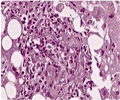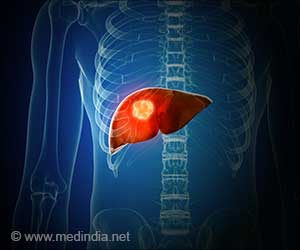Researchers in Georgia Tech's School of Electrical and Computer Engineering have shown that a new class of ultraviolet photodiode could help in the development of compact, reliable
A new class of ultraviolet photodiode could help in the development of compact, reliable and cost-effective sensors to bioterrorism agents like anthrax, researchers in Georgia Tech's School of Electrical and Computer Engineering have shown.
"The military is currently using photomultiplier tubes, which are bulky, fragile and require a lot of power to run them, or silicon photodiodes that require a complex filter so that they only detect the desired ultraviolet light," said Russell Dupuis, from Georgia Tech's School of Electrical and Computer Engineering (ECE).New research shows that ultraviolet avalanche photodiodes offer the high gain, reliability and robustness needed to detect these agents and help authorities rapidly contain an incident like the 2001 anthrax attacks.
ECE associate professor Douglas Yoder, assistant professor Shyh-Chiang Shen and senior research engineer Jae-Hyun Ryou collaborated on this research.
The team chose to develop avalanche photodiodes for this bioterrorism application because the devices can detect the signature fluorescence of biological molecules in a sample of air.
Since most of the molecules of interest to the researchers emit ultraviolet light, they designed special photodiodes that detect the fluorescence in the ultraviolet region, but have no response to visible light.
"We built our photodiodes with gallium nitride, which is a semiconductor that can be used to create photodiodes that require no filters because this material has an inherent response to ultraviolet, but no response to visible light or solar flux," explained Dupuis.
Advertisement
The researchers fabricated high-performance gallium nitride ultraviolet avalanche photodiodes on bulk gallium nitride substrates that demonstrate optical gains of 100,000 at ultraviolet wavelengths from 280 to 360 nanometers.
Advertisement
Many layers can be built up, each of a precisely controlled thickness and composition, to create a material which has specific optical and electrical properties.
This is the first time gallium nitride was successfully used in the fabrication of photodiodes having ultraviolet optical gains greater than 10,000.
According to Dupuis, with proper manufacturing, these avalanche photodiodes can be used for more than detecting bioterrorism agents.
They can also be used detect fires, gun muzzle flashes, missile propulsion flames and maybe even cancer cells.
Source-ANI
RAS/L








